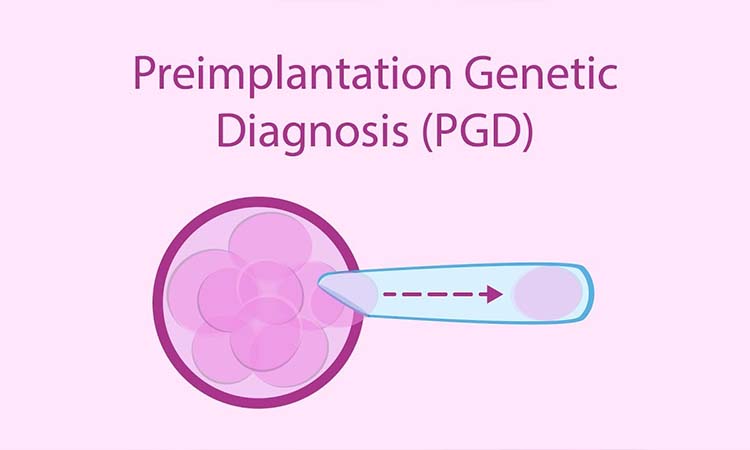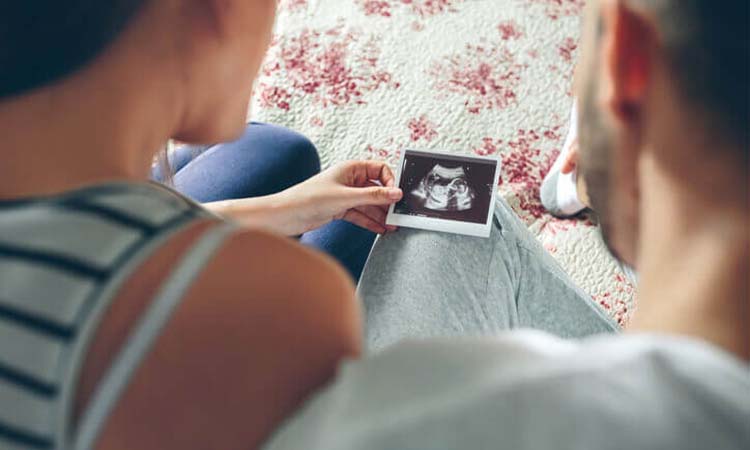What’s PGD?
PGD is also known as Preimplantation Inheritable Opinion is an Supported Reproductive Fashion used during In Vitro Fertilization (IVF) to increase the possibility of a healthy gestation and delivery. In PGD, embryos are diagnosed with any inheritable conditions before being implanted inside the uterus for farther growth. It’s important because abnormal embryo genetics is the most common reason for problems in conceiving.
PGD can conclude if one or both mates have a history of heritable inheritable conditions in their family and are at threat of passing on those to their children. PGD ensures that the embryo implanted is free of any abnormalities and the child born won’t be born with those inheritable conditions.
Why is PGD important?
Pre Inheritable Opinion uses the fashion of Embryo Vivisection to test the embryos for inheritable conditions as well as chromosomal abnormalities. Without PGD, embryos for IVF are chosen just grounded on their visual quality and morphology, which is ineffective in chancing out a specific gene mutation that could have passed on from the intended parents to the baby. PGD is also done if either of the parents has problems like-
Cystic Fibrosis ( lady)
Muscular dystrophy
Huntington’s Disease
Hemophilia
How is PGD performed with IVF?
Before testing the embryos, first, the intended parents are tested for any inheritable problems that could be passed on to their child. After this, once the eggs have been fertilized in the lab for IVF, the embryos are allowed to divide into multiple cells for 3 to 5 days. These embryos are also genetically diagnosed via PGD. The process is as follows-
After 5 days, the embryologist takes a small sample of cells (4-10) from the embryo. Numerous experts consider vivisection on the 5th day of the blastocyst the loftiest standard for PGD testing. And the embryos are firmed for after use …
After the vivisection, the DNA of the cells removed is diagnosed for any inheritable complaint.
The embryo (s) which are free of any inheritable disfigurement are transferred inside the uterus for farther growth, to insure a healthy and safepregnancy.However, they’re firmed for unborn use, If nay embryos of good quality are left.
Who should get PGD testing done?
PGD is recommended for those who have a high threat of transferring inheritable diseases to their children due to certain reasons, like-
The age of the intended mama is 35 or further, which leads to a high threat of embryos having abnormal genetics.
The intended parents have a family history of inheritable conditions.
The couple has a history of preliminarily failed IVF cycles.
The intended mama has suffered multiple deliveries in the history.
The couple has a former child who has inheritable problems.
Unexplained gravidity is also a reason for getting PGD tests.
What are the pitfalls involved in PGD?
Just like any other medical procedure, PGD also involves certain pitfalls. Still, it’s unsafe to carry on IVF gestation without getting PGD done, especially when there are suggestions of inheritable diseases being passed to the baby.
The pitfalls involved in PGD are-
Delayed embryo implantation inside the womb.
Occasionally, not all inheritable diseases can be detected in PGD. Certain diseases might start showing after the gestation has reached partial term or not indeed also. PGD can find out nearly all inheritable problems, but the threat doesn’t get excluded.
Still, a imperfect embryo might be transferred to the womb rather of a healthy one, If the PGD testing isn’t conducted duly.



